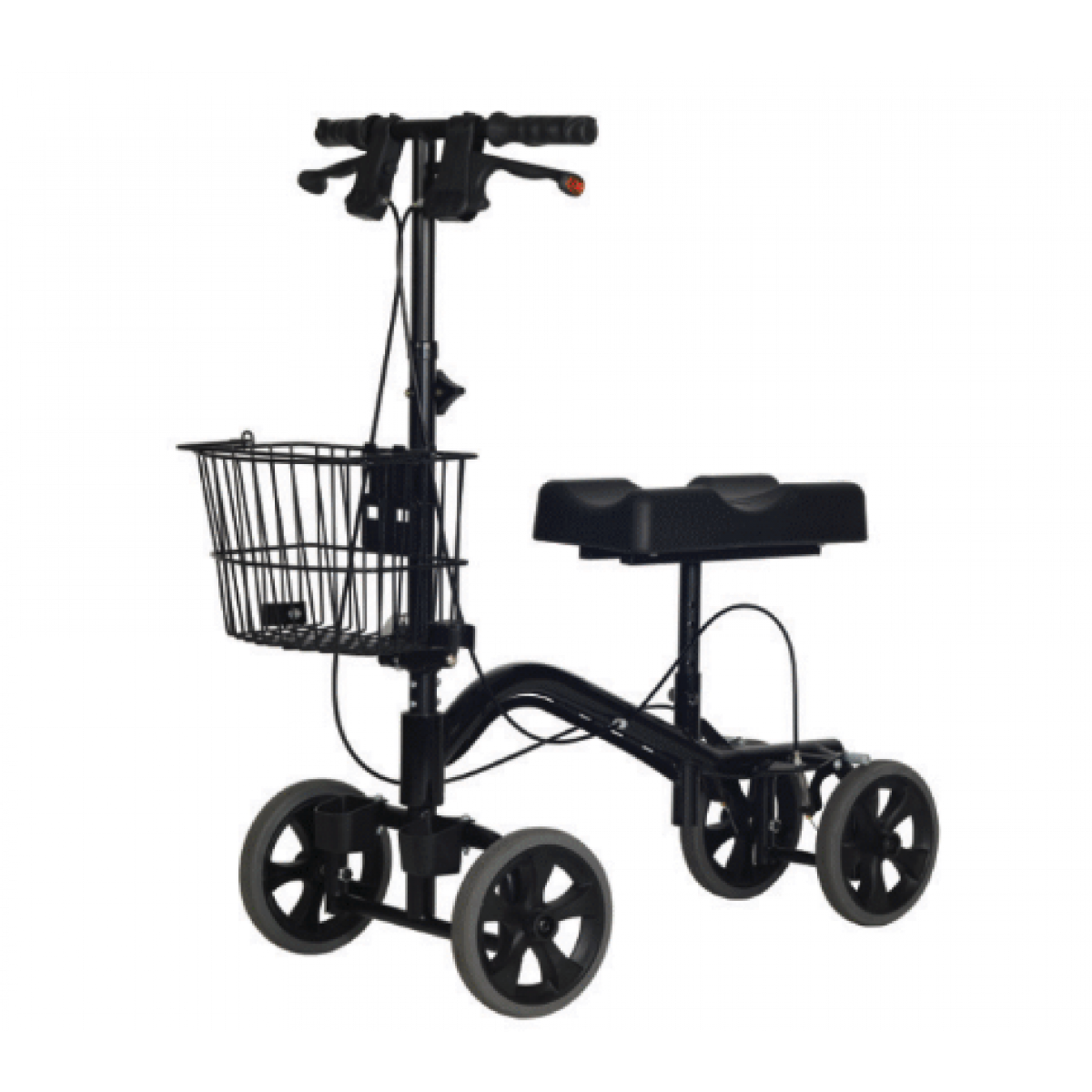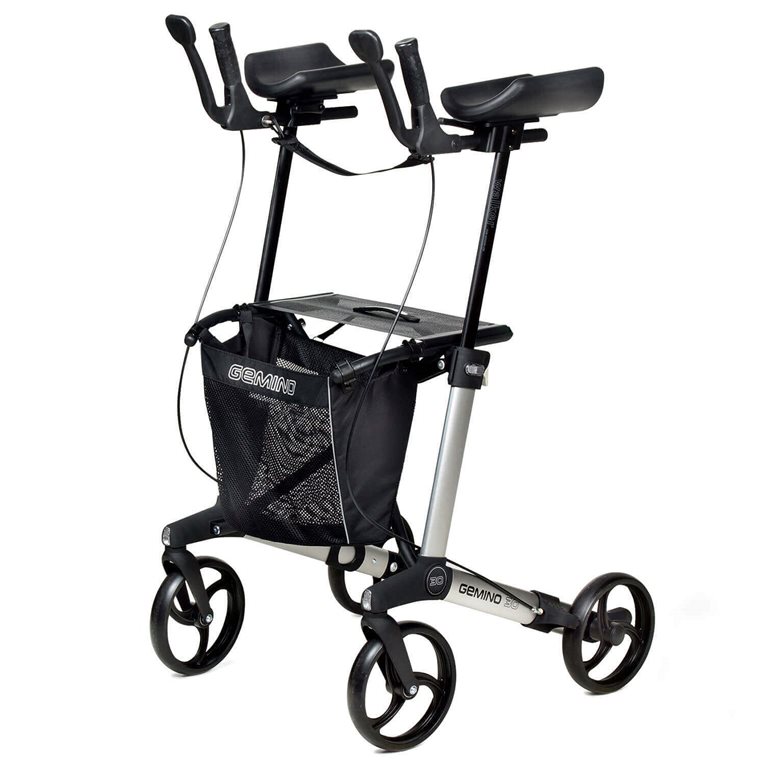Gutter Crutch Walker

Prev article next article.
Gutter crutch walker. Gutter crutch will enable patients or older people to maintain balance and distribute their weight if they need to rely on tools to accomplish such a goal. All ferrules should be checked regularly and replaced as. Walking aids crutches. Gutter crutches or adjustable arthritic crutches forearm support crutches these are additional types of crutches which is composed of padded forearm support made up of metal a strap and adjustable handpiece with a rubber ferrule.
Advice about gutter armrest crutches. With a simple modification we can call forearm crutches gutter crutches. A plastic handgrip can be adjusted for forearm length and hand rotation by means of a large wing nut and sliding metal tube. They will assess your personal requirements and will ensure that the equipment is the correct height size and type for your needs.
Lightweight tubular aluminium stem and padded vinyl covered gutter for maximum comfort designed for users with arthritis or an impaired grip forearm trough distributes a user s weight over a large support area. That moment to have your hands free while walking is close. There are three types of crutches. Regular maintenance of crutches is essential to ensure safety.
Anastacia roberts may 3 2020. Be strong and use your walker or crutches for non weight bearing as reasonable as possible. Height adjustable aluminium crutches with a padded forearm gutter and hook and loop tape security strap. Assessment by a qualified physiotherapist is recommended when considering walking and standing equipment.
Our extensive range of walking frames ensures whether you re looking for a simple walking aid which offers everything you need for safer and improved independence or a gutter frame which is specifically developed for arthritis sufferers. Axilla or underarm crutches they should actually be positioned. These crutches are used for patients who are on partial weight bearing like rheumatoid disease. A crutch is a mobility aid that transfers weight from the legs to the upper body it is often used by people who cannot use their legs to support their weight for reasons ranging from short term injuries to lifelong disabilities.













































